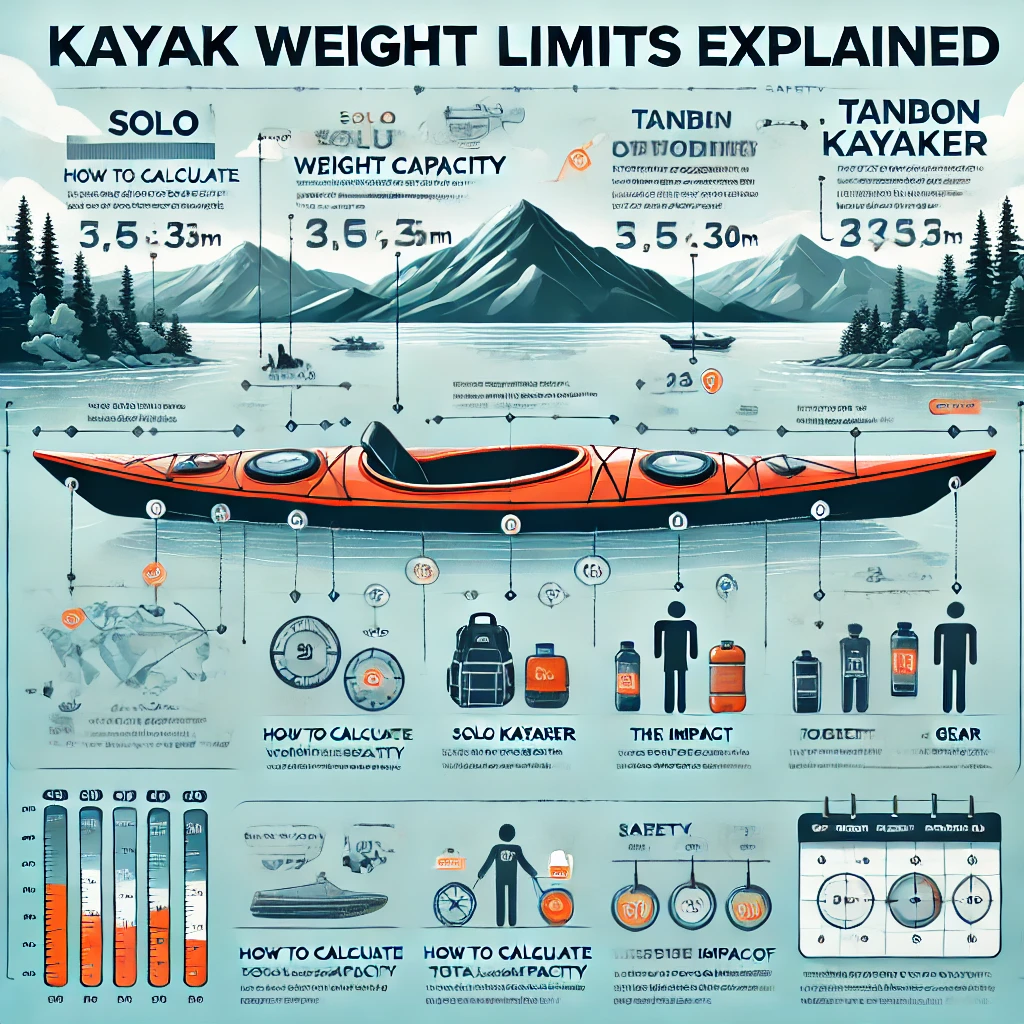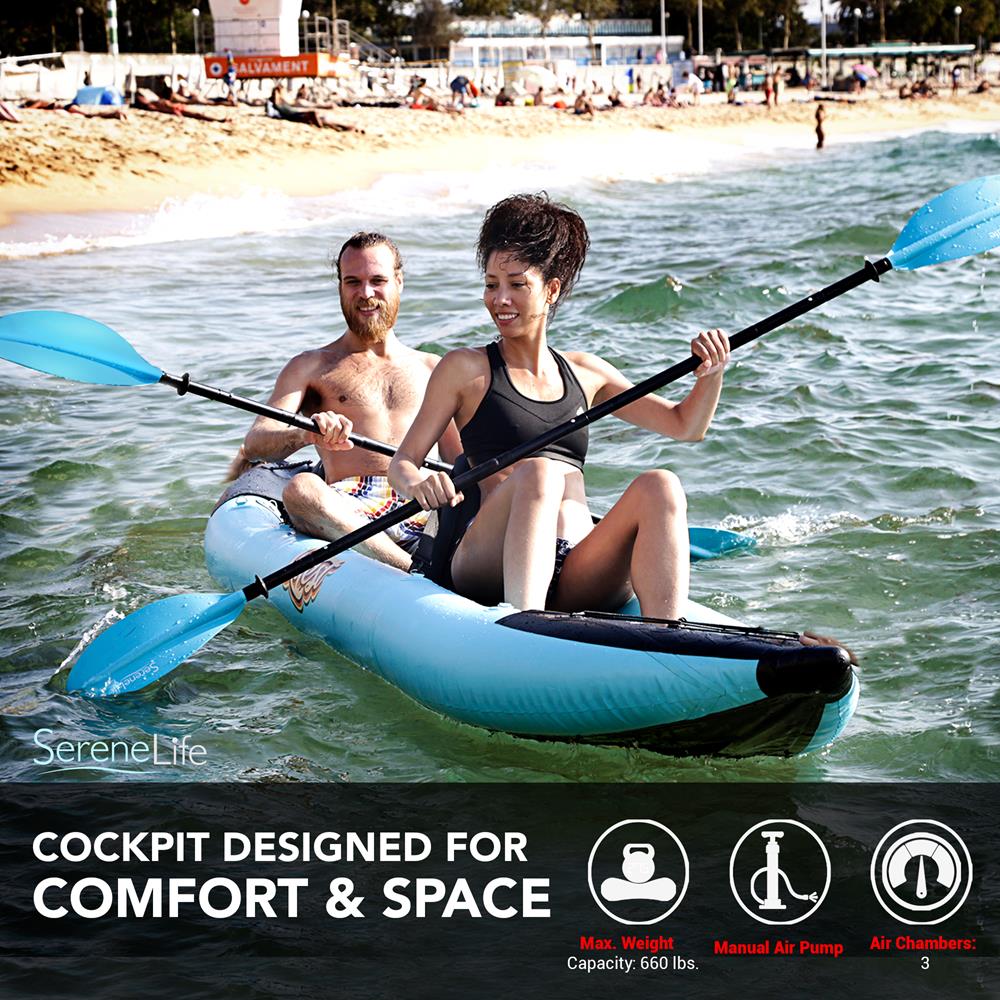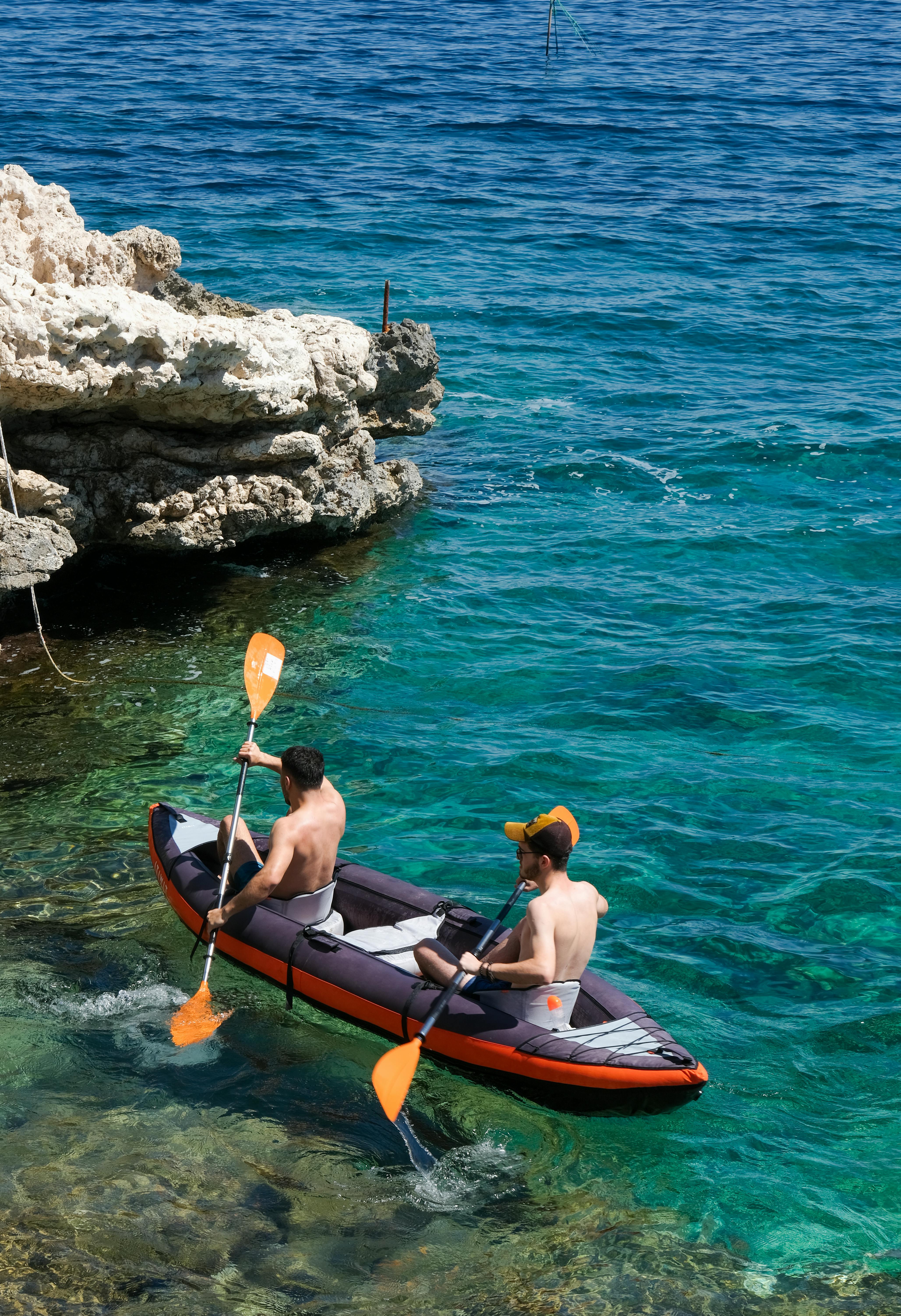Ever wondered why kayak weight limits are crucial for your safety and performance on water? Well, understanding the kayak weight limits can make a world of difference in your kayaking experience. Whether you’re a newbie or a seasoned paddler, knowing these limits ensures you stay safe and paddle efficiently. But what exactly are these weight limits, and why should you care about them?
Kayak weight limits refer to the maximum weight a kayak can safely support. This includes the paddler’s weight, gear, and any other cargo. Exceeding these limits can compromise your stability, maneuverability, and overall safety. So, let’s dive in and explore everything you need to know about kayak weight limits.
Key Takeaways:
- Understanding kayak weight limits is essential for safety and performance.
- Exceeding weight limits can affect stability and maneuverability.
- Different kayaks have different weight capacities.
- Always factor in your weight, gear, and cargo.
- Consult manufacturer guidelines for specific kayak weight limits.
Understanding Kayak Weight Limits
Kayak weight limits are not just arbitrary numbers; they are critical guidelines set by manufacturers to ensure your safety on the water. These limits are determined through rigorous testing and are meant to provide a safe and enjoyable kayaking experience. But what do these limits entail?
Simply put, kayak weight limits refer to the maximum weight a kayak can hold without compromising its performance. This includes the paddler’s weight, gear, and any additional cargo. Exceeding these limits can lead to instability, poor maneuverability, and even capsizing. Therefore, it’s essential to understand and adhere to these limits to ensure a safe and enjoyable kayaking adventure.
Manufacturers typically provide two weight limits: the maximum weight capacity and the ideal weight capacity. The maximum weight capacity is the absolute limit a kayak can hold, while the ideal weight capacity is the recommended weight for optimal performance. It’s always a good idea to stay within the ideal weight capacity to ensure the best kayaking experience.
Factors Affecting Kayak Weight Limits
Source: https://serenelifehome.com
Several factors can affect a kayak’s weight limits, including the kayak’s design, materials, and intended use. Understanding these factors can help you choose the right kayak for your needs and ensure you stay within the recommended weight limits.
Kayak Design and Materials
The design and materials of a kayak play a significant role in determining its weight capacity. For instance, sit-on-top kayaks typically have higher weight capacities compared to sit-in kayaks due to their open design. Similarly, kayaks made from durable materials like polyethylene and fiberglass tend to have higher weight limits compared to those made from lighter materials like inflatable PVC.
Intended Use
The intended use of a kayak can also affect its weight limits. Recreational kayaks, designed for casual paddling on calm waters, generally have lower weight capacities compared to touring and fishing kayaks, which are built to carry more gear and withstand rougher conditions. Always consider the type of kayaking you’ll be doing and choose a kayak with an appropriate weight capacity.
Here’s a table summarizing the different types of kayaks and their typical weight capacities:
| Type of Kayak | Typical Weight Capacity (lbs) |
|---|---|
| Recreational Kayak | 250-300 |
| Touring Kayak | 350-450 |
| Fishing Kayak | 400-500 |
| Inflatable Kayak | 200-400 |
For more detailed information, check out this comprehensive guide on maximum weight capacity versus ideal capacity for various styles of kayaks.
Why Adhering to Kayak Weight Limits is Crucial
Now that you understand what kayak weight limits are and the factors that affect them, let’s delve into why it’s so important to adhere to these limits. Ignoring weight limits can lead to several issues, from compromised stability to safety hazards.
Stability and Maneuverability
One of the primary reasons to adhere to kayak weight limits is to maintain stability and maneuverability. Overloading your kayak can make it more difficult to control, especially in rough waters. This can lead to a higher risk of capsizing, which is not only dangerous but also potentially life-threatening.
Safety Concerns
Safety should always be your top priority when kayaking. Exceeding the weight limits can result in the kayak sitting lower in the water, increasing the risk of taking on water, especially in rough conditions. This can lead to a dangerous situation where you may find yourself struggling to stay afloat.
Don’t just take our word for it. According to a seasoned kayaker on Reddit, “Overloading my kayak once led to a very unstable and nerve-wracking experience. I learned my lesson the hard way” (I’m afraid I’m too fat too kayak : r/Kayaking).
Watch this video to see a real-world example of kayak weight limits being tested:
Performance and Efficiency
Kayaking is not just about staying afloat; it’s also about enjoying the experience. Overloading your kayak can affect its performance and efficiency, making it harder to paddle and reducing your overall enjoyment. Staying within the recommended weight limits ensures you get the most out of your kayaking adventure.
How to Determine the Right Kayak Weight Limits for You
Choosing the right kayak with the appropriate weight limits can be a daunting task, especially with so many options available. However, by considering a few key factors, you can make an informed decision and ensure you stay within safe weight limits.
Know Your Weight and Gear
The first step in determining the right kayak weight limits is to know your weight and the weight of your gear. This includes everything you’ll be taking with you, from your paddle to your fishing gear. Add up the total weight and ensure it falls within the recommended weight capacity of the kayak you’re considering.
Consult Manufacturer Guidelines
Manufacturers provide detailed weight guidelines for their kayaks, including the maximum and ideal weight capacities. Always consult these guidelines and choose a kayak that can comfortably support your weight and gear. Remember, it’s always better to stay within the ideal weight capacity for optimal performance.
For instance, a user on Reddit mentioned, “I always check the manufacturer’s weight guidelines before purchasing a kayak. It gives me peace of mind knowing I’m within safe limits” (Weight rating on kayaks : r/kayakfishing).
Consider Your Kayaking Activities
The type of kayaking you’ll be doing also plays a significant role in determining the right weight limits. If you plan to engage in activities like fishing or touring, you’ll need a kayak with a higher weight capacity to accommodate additional gear and supplies. On the other hand, if you’re into recreational kayaking, a kayak with a lower weight capacity may suffice.
Source: Pexels.com
Common Mistakes to Avoid with Kayak Weight Limits
Even experienced kayakers can make mistakes when it comes to weight limits. Here are some common mistakes to avoid to ensure a safe and enjoyable kayaking experience.
Ignoring Manufacturer Guidelines
One of the biggest mistakes kayakers make is ignoring the manufacturer’s weight guidelines. These guidelines are there for a reason, and failing to adhere to them can lead to safety hazards and poor performance. Always check the weight limits provided by the manufacturer and stay within the recommended range.
Underestimating Gear Weight
Another common mistake is underestimating the weight of your gear. It’s easy to overlook small items, but they can add up quickly and push you over the weight limit. Always factor in the weight of all your gear, including safety equipment, food, and water, to ensure you stay within safe limits.
Overloading for Short Trips
Some kayakers assume that they can exceed the weight limits for short trips. However, even a short trip can turn dangerous if your kayak is overloaded. Always adhere to the weight limits, regardless of the trip duration, to ensure your safety and the kayak’s performance.
Source: Pexels.com
Here’s another table summarizing common mistakes and their consequences:
| Mistake | Consequence |
|---|---|
| Ignoring Manufacturer Guidelines | Safety hazards and poor performance |
| Underestimating Gear Weight | Exceeding weight limits |
| Overloading for Short Trips | Increased risk of capsizing |
Conclusion
Understanding and adhering to kayak weight limits is crucial for ensuring a safe, enjoyable, and efficient kayaking experience. By considering factors like kayak design, materials, and intended use, you can choose the right kayak with the appropriate weight capacity. Always consult manufacturer guidelines, factor in your weight and gear, and avoid common mistakes to stay within safe limits.
Remember, kayaking is not just about staying afloat; it’s about enjoying the experience. So, take the time to understand kayak weight limits and make informed decisions to get the most out of your kayaking adventures.
Q: Can a 300 pound person fit in a kayak?
A: Yes, a 300-pound person can fit in a kayak, but it’s essential to choose a kayak with a weight capacity that can safely support their weight. Many fishing and touring kayaks have higher weight capacities, often exceeding 400 pounds, making them suitable for larger paddlers.
Q: How big can you be to kayak?
A: There is no strict size limit for kayaking, but it’s crucial to select a kayak with an appropriate weight capacity and size. Larger paddlers should look for kayaks with higher weight limits and wider designs to ensure comfort and stability.
Q: Can a plus-size person kayak?
A: Absolutely! Plus-size individuals can enjoy kayaking by choosing kayaks with higher weight capacities and wider seats. Many manufacturers offer kayaks specifically designed for larger paddlers, ensuring a comfortable and safe experience.
Q: Where should the heaviest person sit in a kayak?
A: In a tandem kayak, the heaviest person should typically sit in the rear seat. This helps balance the kayak and maintain stability. However, it’s essential to follow the manufacturer’s recommendations for seating positions to ensure optimal performance and safety.





[…] How much weight can a Sun Dolphin kayak hold? A: Depending on the model, Sun Dolphin kayaks can generally hold between 250 to 500 lbs, […]